



The National Commission for Minorities safeguards the interests of six notified communities by evaluating development, monitoring safeguards, and addressing grievances. However, weak powers, vacancies, and non-binding recommendations limit its impact. Experts urge constitutional status and stronger authority to make it a true guardian of minority rights.
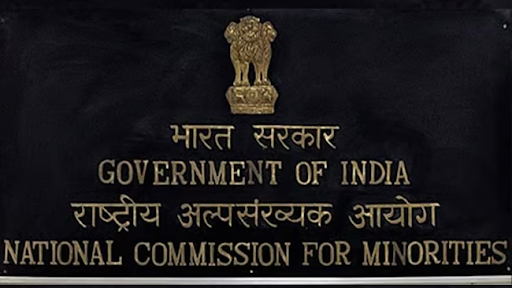
Copyright infringement not intended
Picture Courtesy: INDIANEXPRESS
The National Commission for Minorities (NCM) has recently been under scrutiny due to significant delays in the appointment of its Chairperson and members.
It is a statutory body established under the National Commission for Minorities Act, 1992.
Composition
The Commission consists of a Chairperson, a Vice Chairperson and five Members, out of which 5 Members including the Chairperson shall be from amongst the notified religious minority communities.
All members are nominated by the Central Government and must possess eminence, ability, and integrity. Each serving a three-year term.
Definition of Minority
The Constitution does not explicitly define the term 'minority'. However, Section 2(c) of the NCM Act, 1992, defines 'minority' as "a community notified as such by the Central Government".
Currently, the Central Government recognizes six religious communities as minorities nationwide: Muslims, Christians, Sikhs, Buddhists, Zoroastrians (Parsis), and Jains. Jains were added to this list in 2014.
|
Constitutional Protections to minorities
|
Monitoring and Evaluation
The NCM tracks the progress of minority development and ensures the effective implementation of safeguards provided in the Constitution and various laws.
Policy Formulation
It advises both Central and State Governments on the effective implementation of protective measures for minority interests.
Dispute Resolution
The Commission investigates complaints regarding the deprivation of minority rights and safeguards, escalating these issues to appropriate authorities.
Research and Analysis
The NCM conducts in-depth studies and analysis on issues of discrimination, socio-economic, and educational development among minorities, proposing solutions for improvement.
Government Reporting
It submits regular or special reports to the Central Government detailing matters concerning minorities, including the challenges they encounter.
Judicial Authority
For specific duties, the NCM exercises powers similar to a civil court, which include summoning individuals, requiring document production, accepting evidence under affidavit, and issuing commissions for examining witnesses and documents.
Lack of Constitutional Status
As a statutory body, the NCM lacks the autonomy and enforcement powers, which limits its ability to ensure compliance with its recommendations.
Vacancies
Frequent vacancies for Chairperson, Vice-Chairperson, and members impede the Commission's hearings and complaint processing. Appointment delays compromise its independence and function.
For example, all seven posts in NCM remained empty for over two months in 2017. The Commission has awaited appointments of its head and members since April 2025.
Limited Powers and Enforcement
The NCM's recommendations are advisory, dependent on the Central and State Governments for action.
Ambiguous Definition of Minority
The absence of a clear, universally accepted definition of 'minority' in the Constitution creates ambiguity.
Overlapping Jurisdictions
The NCM's mandate sometimes overlaps with other national commissions like the National Human Rights Commission (NHRC), National Commission for Scheduled Castes (NCSC), and National Commission for Scheduled Tribes (NCST).
Ineffective State Minority Commissions
Only 18 states have dedicated State Minority Commissions. Many are understaffed and poorly integrated with the National Commission, hindering local grievance redressal.
Non-tabling of Reports
Section 13 of the NCM Act, 1992, mandates tabling annual reports before Parliament. However, NCM reports have not been tabled in Parliament since 2010, indicating a lack of accountability.
|
What initiatives has the government taken for minority welfare? Pradhan Mantri Jan Vikas Karyakram (PMJVK) This centrally sponsored scheme focuses on developing infrastructure in minority concentration areas to reduce socio-economic disparities. PM VIKAS (Pradhan Mantri Virasat Ka Samvardhan) Implemented as a Central Sector Scheme, converges five erstwhile schemes: 'Seekho Aur Kamao', 'Nai Manzil', 'Nai Roshni', 'Hamari Dharohar', and 'USTTAD'. It focuses on skill development, entrepreneurship, leadership training for minority women, and educational support for school dropouts. National Minorities Development and Finance Corporation (NMDFC) NMDFC provides concessional loans for self-employment, income-generating ventures, education, and micro-finance activities to beneficiaries among minority communities. Jiyo Parsi Scheme Supports the Parsi community to manage its declining population. The Waqf Amendment Act, 2025, and UMEED Portal digitize and reform Waqf property management for transparency and community welfare. |
Grant Constitutional Status
Granting constitutional status to the NCM would provide it with greater autonomy, statutory backing, and enforcement powers.
Strengthen Powers and Resources
Grant NCM quasi-judicial power for enforcement and investigations, backed by sufficient funding for autonomy.
Streamline Appointments
A transparent, merit-based, and timely appointment process for the Chairperson, Vice-Chairperson, and members is crucial to ensure the Commission remains fully staffed and effective.
Clarify Minority Definition
A legislative or judicial ruling is needed to clarify whether minority status is determined state-wise or nation-wide, resolving Supreme Court ambiguities.
Improve Coordination and Integration
Improve coordination among the NCM, other national commissions (NHRC, NCSC, NCST), and the Ministry of Minority Affairs to unify strategies and avoid duplicated efforts for marginalized communities.
Focus on Outcome-Based Performance
Implement outcome-based performance measures and baseline targets for NCM members to reduce case pendency, increasing accountability and efficiency in grievance redressal.
To uphold pluralism and ensure inclusive growth and social justice, India needs to address the challenges hindering the National Commission for Minorities from effectively safeguarding minority rights.
Source: INDIANEXPRESS
|
PRACTICE QUESTION Q. A true test of a democracy lies in how it treats its most vulnerable minorities. Critically analyze. 150 words |
The term "minority" is not explicitly defined in the Indian Constitution. However, the Constitution recognizes two types of minorities: religious and linguistic. The National Commission for Minorities Act, 1992, empowers the Central Government to officially notify communities as minorities.
The Central Government has officially notified six religious communities as minorities:
According to the 2011 Census, minorities constituted about 19.3% of India's population. Muslims were the largest minority group at 14.2%, followed by Christians (2.3%), Sikhs (1.7%), Buddhists (0.7%), Jains (0.4%), and Parsis (0.006%).
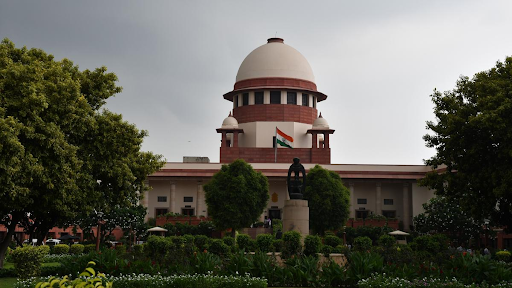
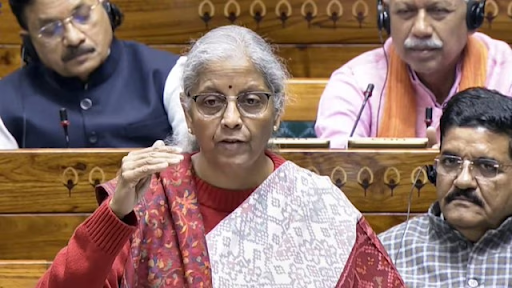
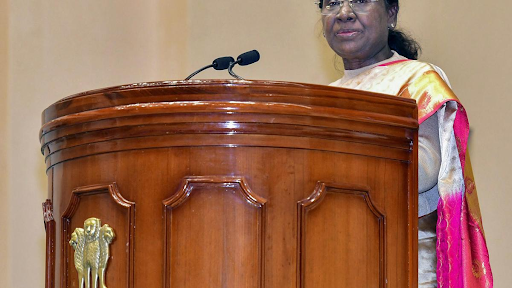
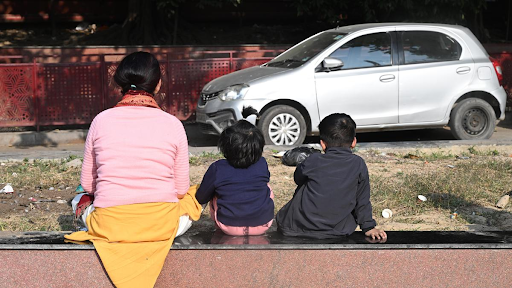

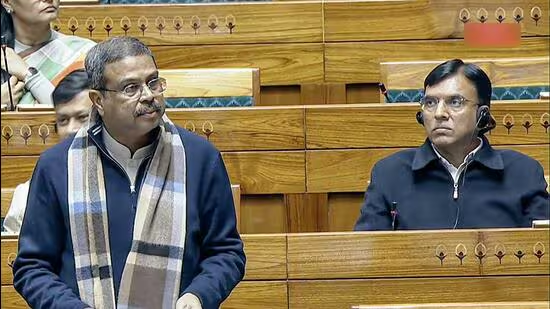

© 2025 iasgyan. All right reserved